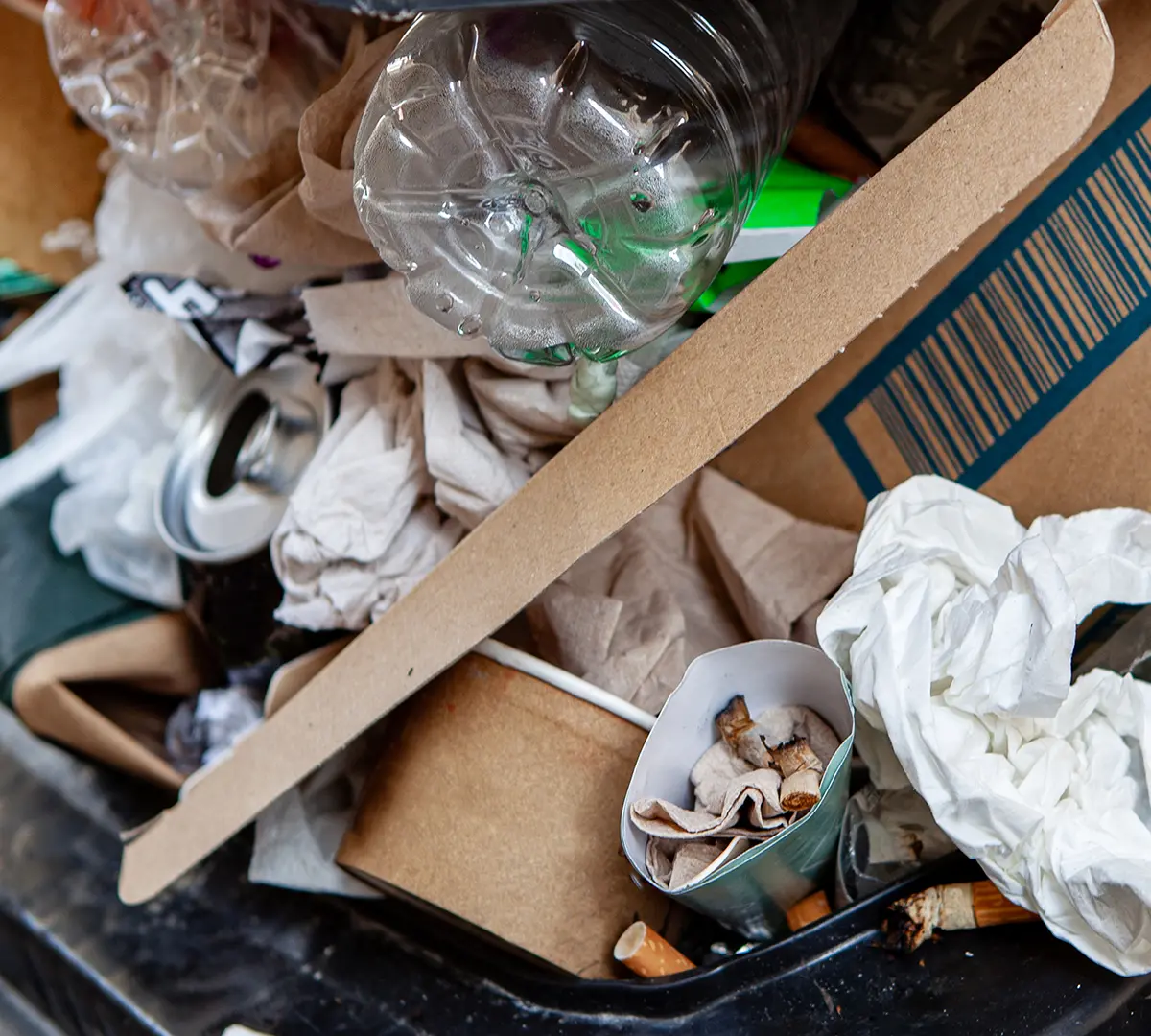Understanding the Impact of Contamination on Our Recycling Systems
Recycling Contamination

Recycling Contamination: How It Affects Recycling
Contamination in recycling streams significantly hampers the efficiency and effectiveness of recycling systems. Contamination occurs when non-recyclable materials, or materials that are improperly sorted, are mixed with recyclables. This issue is particularly prevalent in plastic and aluminum recycling, where consumer confusion about which items are recyclable and how they should be prepared leads to contamination. For example, food residues on containers, non-recyclable plastic bags, and incorrect types of plastic mixed together create significant challenges in sorting and processing at recycling facilities.
Contamination in recycling systems has serious economic and environmental consequences. Economically, it reduces the quality of recycled materials, making them less valuable and harder to sell. Recyclable materials with contamination are often sent to landfills or incinerators, which reduces the overall recycling rates and increases waste management costs. Furthermore, contamination leads to additional labor and energy costs for sorting and processing materials, further straining recycling infrastructure. Environmentally, contamination can result in the loss of valuable resources that could otherwise be reused, increasing the demand for new materials and exacerbating the depletion of natural resources.
Why Recycling Contamination Matters
Increased Costs
Sorting contaminated recyclables requires additional labor, technology, and time, driving up operational expenses.
Lower Material Quality
Contaminants can degrade the quality of recycled materials, limiting their usability in new products.
Reduce Efficiency
Machinery can become clogged or damaged by non-recyclable materials, leading to downtime and costly repairs.
Worsen Environmental Impact
Contaminated batches often end up in landfills, negating the benefits of recycling.
A Cleaner Future Begins with Cleaner Recycling Streams
Recycling contamination is a complex issue that undermines the potential of recycling systems to conserve resources and protect the environment. By combining education, technology, policy, and community efforts, we can create a more efficient and sustainable recycling infrastructure. As we look toward the future, continued innovation and collaboration will be key to overcoming the challenges of contamination and fostering a cleaner, greener world.

Share Your Pain Points
Tell us more about the recycling contamination issues your organization faces. Our team seeks challenges in the waste management industry to craft viable and sustainable solutions.
